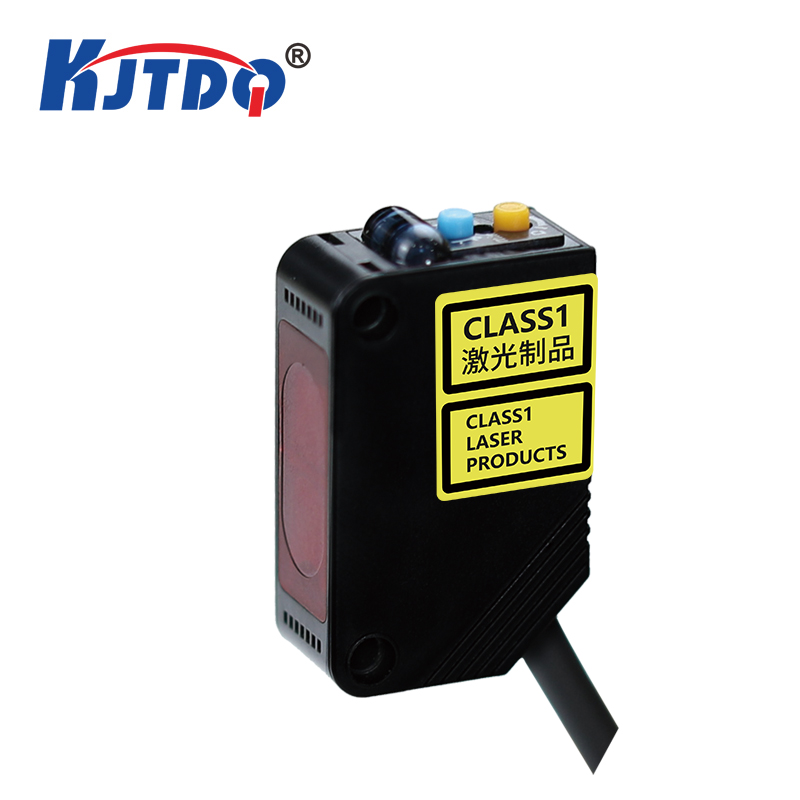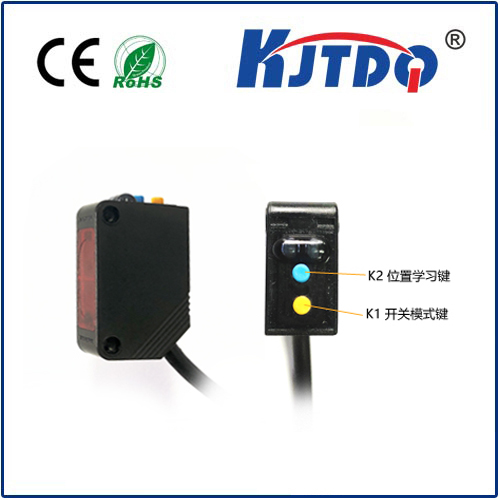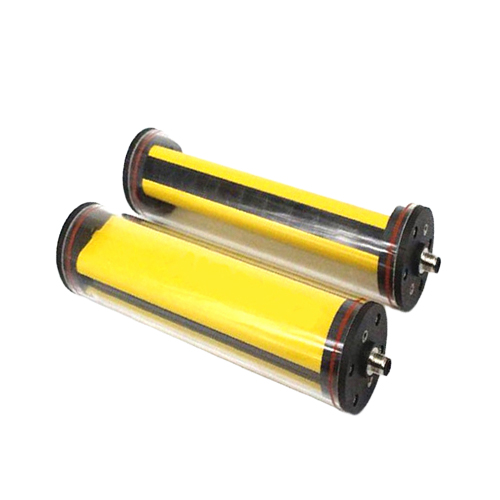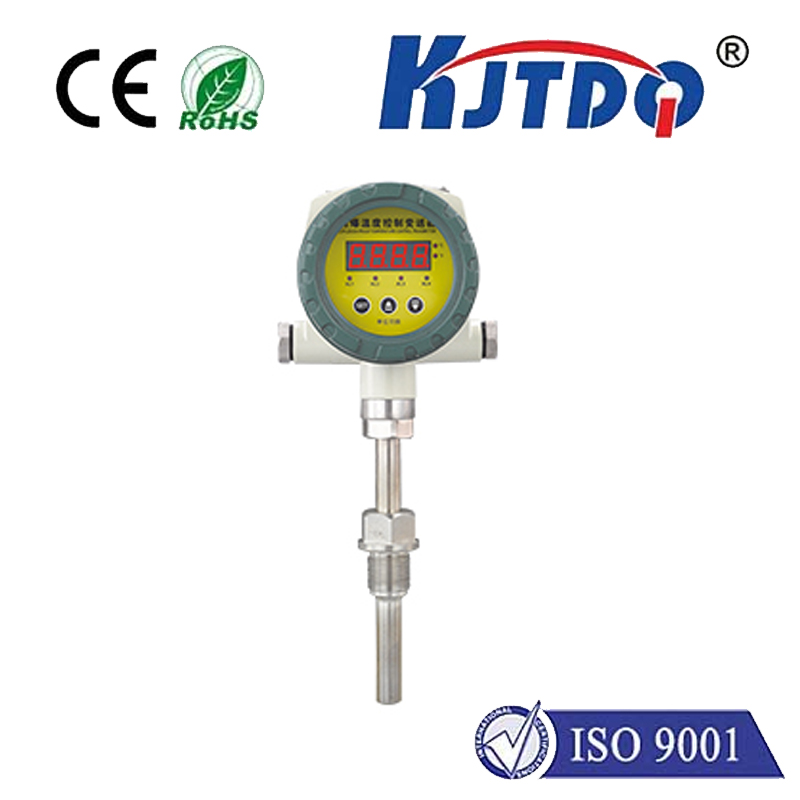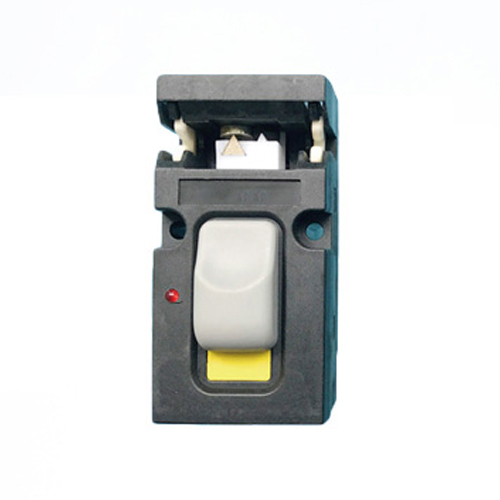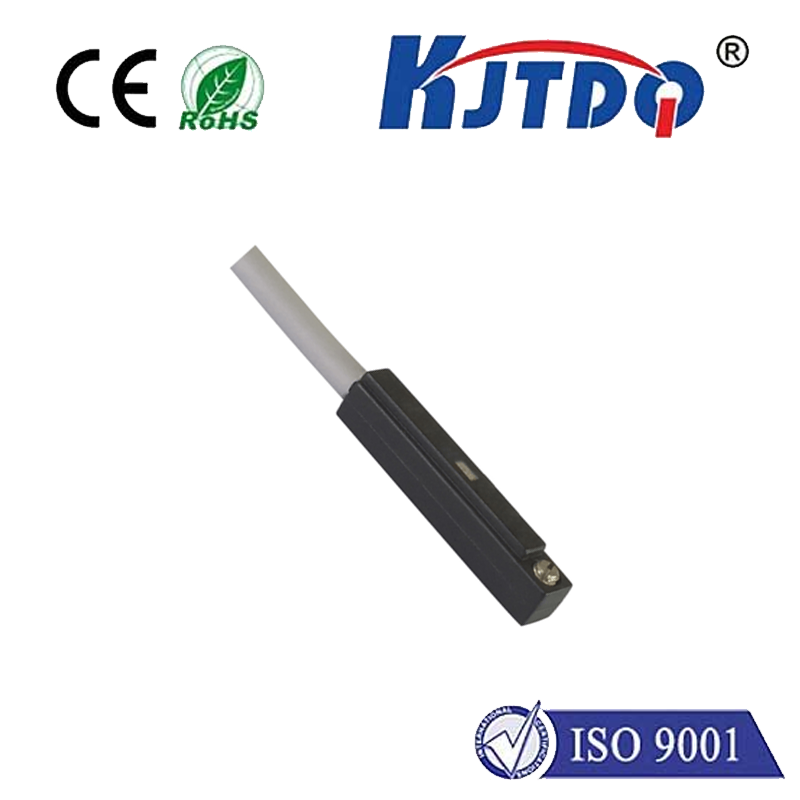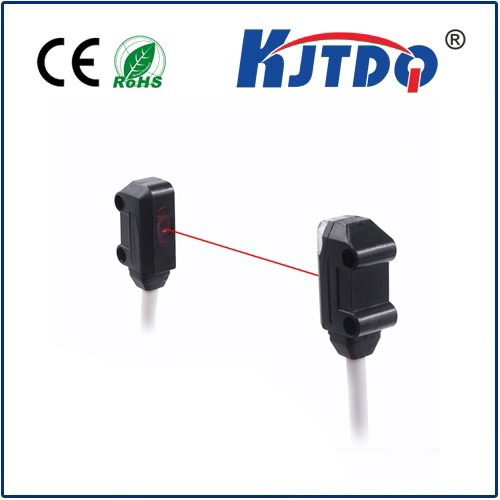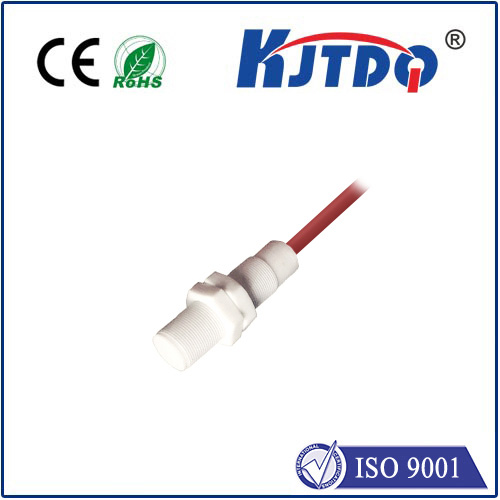

check

check

check

check
Imagine measuring the vastness of a construction site, the precise clearance inside a complex machine, or the level of material in a towering silo – safely, quickly, and with incredible accuracy. This is the transformative power of laser distance sensors, the unsung heroes of modern measurement technology. Moving beyond cumbersome tape measures or risky manual methods, these sophisticated devices deliver reliable distance data with a simple point-and-click, revolutionizing countless tasks across industries. How exactly do these beams of light translate into precise numbers? And why have they become indispensable tools in our tech-driven world?
At their core, laser distance sensors (LDS), also known as laser rangefinders or laser meters, utilize the fundamental properties of light to calculate distance. They emit a focused, coherent laser beam towards a target. The sensor then precisely measures either the time it takes for the light pulse to travel to the target and reflect back (Time-of-Flight or ToF principle), or the phase shift that occurs in a continuous modulated laser wave as it makes the round trip (Phase-Shift principle). By knowing the constant speed of light, these measurements are converted into highly accurate distance readings, often displayed instantly on a screen or transmitted digitally.

The advantages of laser distance measurement are profound and numerous:
These capabilities make laser distance sensors ubiquitous across a staggering range of applications:
The Evolution of Precision: From He-Ne to Today While modern compact diodes power most current sensors, the core technology traces its roots to groundbreaking work in the 1960s. The invention of the helium-neon (He-Ne) gas laser provided the first highly coherent light source suitable for precise distance measurement experiments. Early applications were primarily military and high-precision scientific. The subsequent development of semiconductor laser diodes in the 1970s and 80s, along with advancements in microelectronics and signal processing, made laser rangefinders smaller, more affordable, and robust enough for widespread industrial and commercial adoption. Today, continuous innovation focuses on miniaturization, enhanced accuracy, faster measurement rates, increased range, and improved performance on challenging surfaces.
Choosing the Right Laser Distance Sensor: Key Considerations Selecting the optimal sensor requires careful evaluation of your specific needs:
The Future is Bright: Where Laser Measurement is Heading Laser distance sensor technology continues to advance rapidly. We’re seeing increased integration with other sensing modalities (like vision systems), enhanced intelligence via onboard processing and AI algorithms for better surface compensation and object identification, and further miniaturization enabling new applications in wearables, consumer electronics, and micro-robotics. Wireless connectivity and cloud-based data analytics are also becoming more common, turning distance data into actionable insights. Furthermore, research into novel laser sources and detection techniques promises even greater accuracy, longer ranges, and resilience in the most challenging environments. The fundamental need for fast, precise, non-contact measurement ensures laser distance sensors will remain at the forefront of technological innovation. Whether it’s building the cities of tomorrow, automating factories, or simply getting a perfect fit for new furniture, these remarkable devices measure up to the task.
